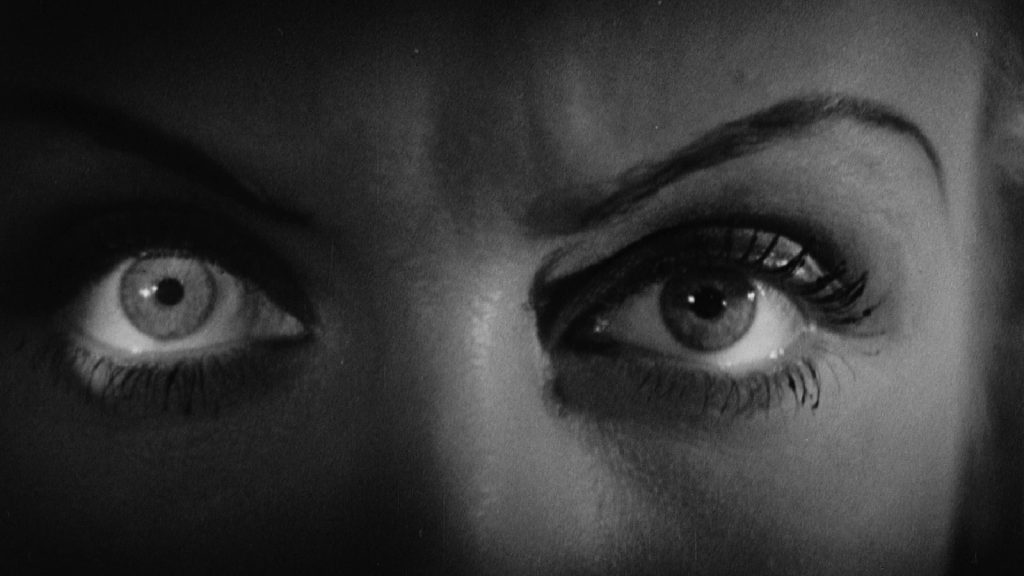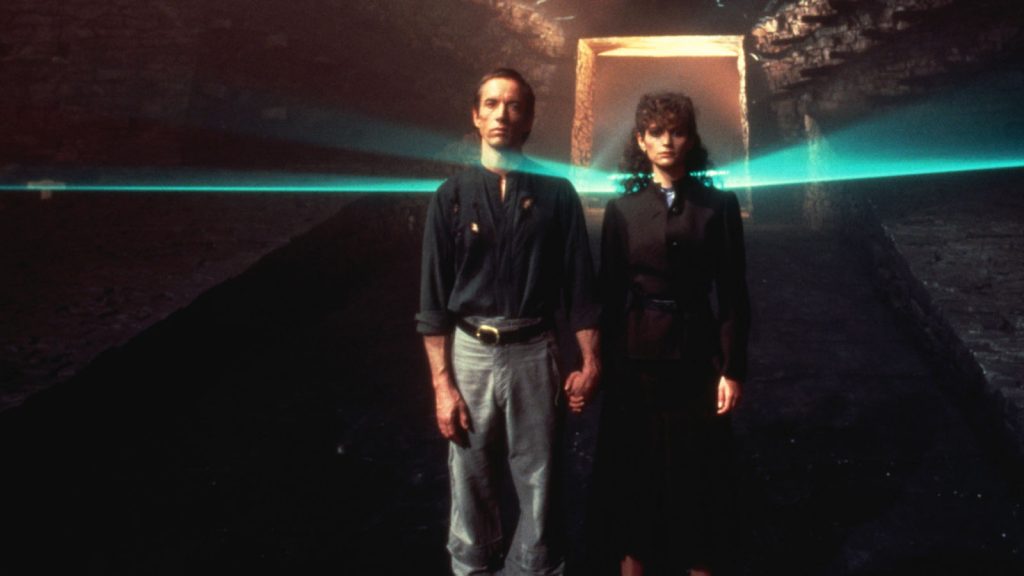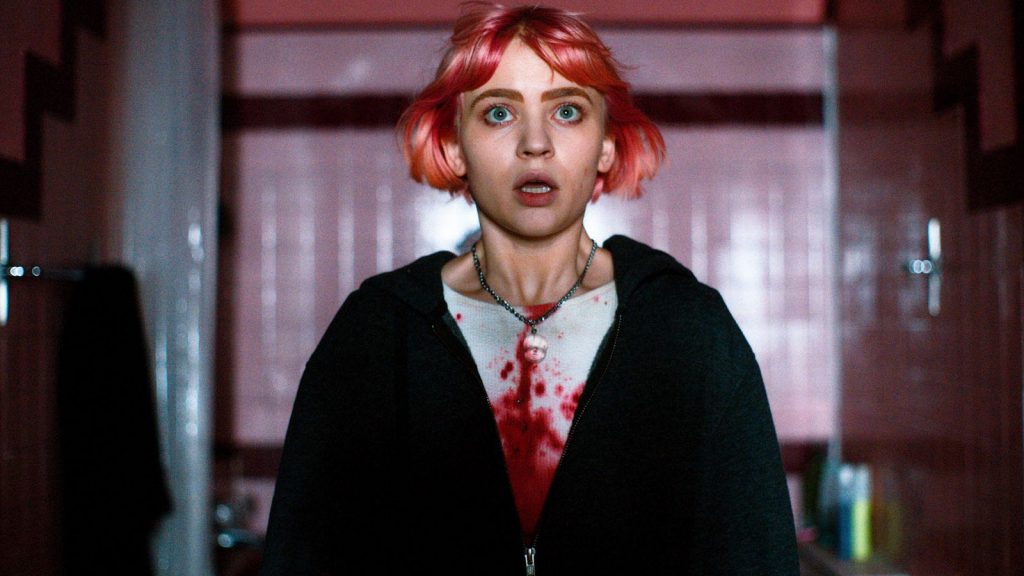
Love—or what we call love—produces a lot of lip service, which isn’t a reference to kissing. We proclaim our dedication to another, though in reality—if our typical future behavior is any indication—we might as well be saying, “Fat chance.” Horror films often feature obsession that is billed by the obsessing individual as love in its purest form. This would-be brand of love resembles hate and is in reality about control and ego.
The same may not be said for Karl Freund’s ageless 1932 Universal film, The Mummy. Along with the studio’s Dracula and Frankenstein from the prior year, The Mummy comprises the unholy trinity of talkie terror. These were the films that established the deathless archetypes and visual vocabulary for much of what would follow and became a part of pop culture to the same degree that Star Wars would some nearly 50 years later. American movie horror starts here.
The Mummy is the most meditative of the lot. Some would call it slow, but ignore them, because anyone who does so could do with a rewatch. Having been made to keep the camera in situ by Tod Browning in Dracula, cinematographer-turned-auteur Freund got it moving again with The Mummy as the story itself proceeded through the mists of time.
Having given one of the most electrifying performances in all of cinema with Frankenstein—if you know, you know, as they say—Boris Karloff downshifted into subdued mode to play Ardath Bey, the man late of the Egyptian embalming table who has now come back to life in the 20th century. Such is the efficacy of Jack Pierce’s makeup and the staging of the film’s opening scene, that we tend to forget that nowhere else in the picture does Karloff appear in full-on mummy mode. Think of how many kids have gone out trick-or-treating with that Pierce/Karloff as the inspiration for their costume, or recall when you wrapped yourself in bandages, stuck out your arms and made them go stiff, and scared your sister shitless. That’s staying power.

Said opening scene is a horror essential. If there are a half-dozen scenes you must see above all in the history of the medium, that’ll be on the list. Having exited the tomb, Bey sheds his wrappings and acclimates for 10 years—you wonder what he was doing; waiting tables?—and then sets about bringing his lady love back to life, a process involving a current-day young woman (Zita Johann) who resembles his long-ago departed.
This is a stately movie. Reviews were mixed, but if you were an adult in 1932 who’d been led to believe that these new horror films were what the likes of TikTok later became—that is, stuff to rot your brain—and you sat through the picture, you’d have been struck by that ruminative quality.
There’s an extended flashback scene, which is a gem of a film within a film. As with the sepia portion of The Wizard of Oz, the sequence looks as if a different creative team had done the design and shooting; and while this encased work isn’t a found film, it does presage the found film subgenre, except it is memory that declares, “Action” and sets the cameras rolling.
The Mummy has a depth of mood that repays multiple viewings. You can understand why it failed to stir the public during its own time as Frankenstein had, but few horror pictures have aged better, which feels appropriate. You can practically smell the embalming fluid. Bey is loyal—to say the least—in his romantic devotion, but immoral in what he’s willing to do in service to that ancient affection. We, as viewers, love our monsters, but rarely is a monster also a symbol of true love. Behold that dyadic potency here. 🩸

is the author of eight books, including the story collection, If You [ ]: Fabula, Fantasy, F**kery, Hope, a 33 1/3 volume on Sam Cooke’s Live at the Harlem Square Club, 1963, Meatheads Say the Realest Things: A Satirical (Short) Novel of the Last Bro, and a book about 1951’s Scrooge as the ultimate horror film. His work has appeared in Harper’s, The Atlantic, Rolling Stone, The New York Times, Vanity Fair, The Daily Beast, Cineaste, Film Comment, Sight and Sound, JazzTimes, The New Yorker, The Guardian, and many other venues. He’s completing a book called And the Skin Was Gone: Essays on Works of Horror Art. His website is colinfleminglit.com, where he maintains the Many Moments More journal, which, at 2.7 million words and counting as of autumn 2023, is the longest sustained work of literature in history.
Anyone can watch a hearse-load of scary movies at Halloween—and lots of us do—but how many of those people try and seek out the films...
BY COLIN FLEMING | OCTOBER 15, 2024
A place where no actual blood was spilled—at least to my knowledge—my grandmother’s house proved strangely...
BY COLIN FLEMING | June 19, 2024
A paragon of queer perversity, Edgar G. Ulmer’s unfathomable Universal horror hit gave major stars Bela Lugosi and Boris Karloff two of their greatest roles.
BY MICHAEL KORESKY | June 13, 2022

This pre-Code offering packs a lot of story into its typically brisk running time, with several plot threads weaving together a (not always successful) tapestry of spooky and criminal doings.
READ MORE >
BY ANN OLSSON | Month 00, 2021

In what could be the fastest-resulting rape revenge movie, a drunken lout brutally forces himself on Ida, the young woman who doesn't return his affections, during a party over Labor Day.
READ MORE >
BY LAURA KERN | Month 00, 2021

Beast is a lot of movies in one package - fractured fairy tale, belated-coming-of-age story, psychological drama, regional horror film - but above all it's a calling card for its leading lady, Jessie Buckley.
READ MORE >
BY LAURA KERN | Month 00, 2021